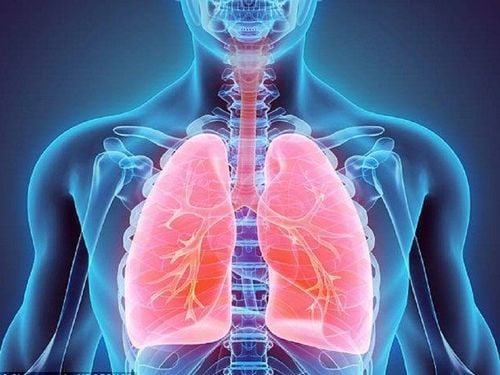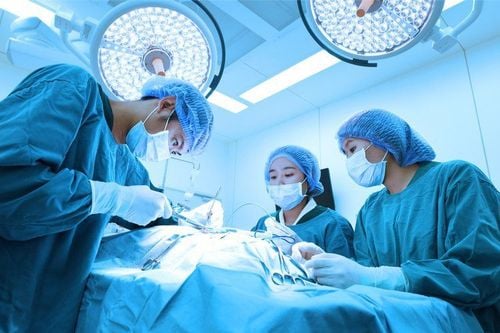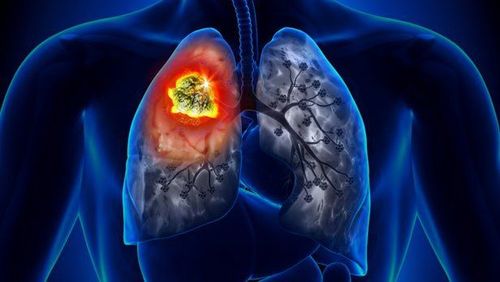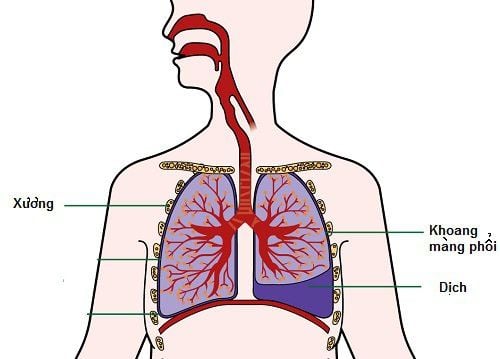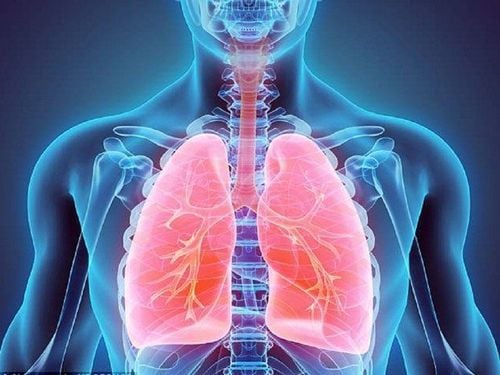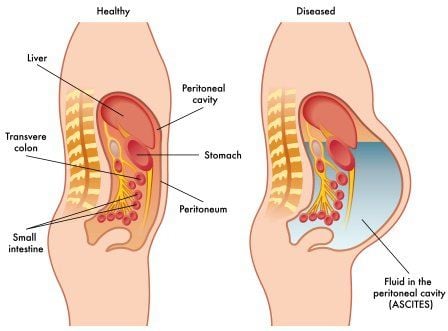This is an automatically translated article.
The article is professionally consulted by Doctor Vo Ha Bang Suong and Master, Doctor Danh Man - Department of Medical Examination & Internal Medicine - Vinmec Phu Quoc International General Hospital.When the pleural space is filled with more fluid than normal, it is called a pleural effusion. Pleural effusion can occur in both adults and children.
1. Treatment of pleural effusion
To treat pleural effusion, it is necessary to determine the cause of the pleural effusion.
Pleural effusion is an important procedure to combine with other measures to confirm the diagnosis, and to assist the patient in improving the symptoms of dyspnea if the volume is high.
Depending on the amount of fluid estimated more or less to have appropriate measures to puncture, avoid complications caused by puncture.
Pleural drainage: In the case of empyema, the patient will be performed a small surgery called pleural drainage to place a plastic drainage tube through the skin into the pleural cavity to drain the pus out. gradually. Medical treatment: Depending on the cause of the disease, the doctor will prescribe appropriate treatment measures: If due to bacterial infection (empyema): Use antibiotics; If due to tuberculosis: treat with anti-tuberculosis drugs; Cancer: surgery or chemotherapy; Treatment of heart failure, cirrhosis of the liver, kidney failure... Other supportive measures: Bed rest; eat foods that are light, easy to digest, have enough energy and nutrition; treat fever, chest pain with paracetamol; Respiratory physiotherapy: as prescribed by the physician. 1.1. Treatment principles The main treatment is aspiration to help relieve the patient's symptoms. Combine symptomatic treatment and cause treatment. Combine respiratory rehabilitation. 1.2. Pleural aspiration pleural puncture is the main treatment method, helping to diagnose the cause of the disease and help the patient quickly relieve shortness of breath. The steps to perform aspiration are as follows:
The patient sits on a horseback chair. Choose the puncture site: Usually in the intercostal space 8-9 posterior axillary line. Disinfect the puncture site, then anesthetize with lidocaine. Insert the needle at the anesthetic site, pointing the needle perpendicular to the chest wall, close to the upper edge of the rib. Aspirate with a machine or with a 50ml syringe. The first time after aspiration, take a sample to test the pleural fluid. After aspiration is complete, withdraw the needle and disinfect the puncture site. In case of severe pleural effusion or empyema, a small surgery is performed to drain the pleura with a plastic tube.
In the case of malignant pleural effusion caused by malignancies in the lungs, the disease often recurs, so after the pleural drainage process, a substance will be injected with the effect of causing pleural fluid. To avoid recurrent pleural effusion.
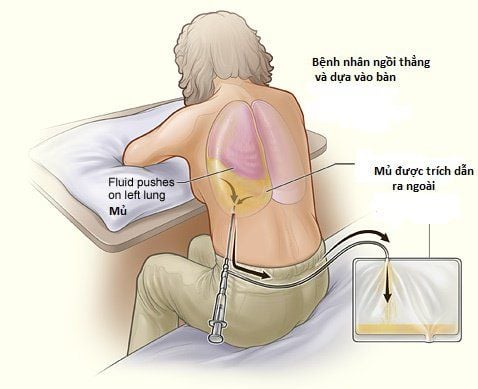
Tràn dịch màng phổi có thể gặp ở cả người lớn và trẻ em
1.3. Symptomatic treatment Treat fever if present with paracetamol 10-15mg/kg body weight, combined with warm compresses to reduce fever Chest pain: If the patient has a lot of chest pain, relieve pain with paracetamol. 1.4. Treat the cause Due to infection: Use antibiotics according to the etiology If TB requires TB treatment according to anti-tuberculosis regimen, adhere to the full duration of drug regimen Due to cancer: Treat with surgery or Using radiation therapy, chemotherapy Treatment of heart failure, nephrotic syndrome, cirrhosis: According to the treatment regimen of each disease. 1.5. Respiratory rehabilitation treatment Breathing exercises Blowing balloons Practice chest expansion movements. It is necessary to maintain treatment for a long time to avoid leaving sequelae after pleural effusion and help restore respiratory function.

Tập các động tác giãn nở lồng ngực nhẹ nhàng
2. Methods of disease prevention
Avoid places with air pollution, clean the house regularly. A nutritious diet full of vitamins and minerals, helps promote health and prevent diseases caused by microorganisms. Do not smoke Regularly exercise, help you relax and avoid stress. Regular medical examination to know the risk of disease, detect diseases that can cause pleural effusion. Avoiding sequelae caused by the disease by complying with the treatment for enough time, maintaining respiratory rehabilitation methods... Currently, with technological advances, the treatment of pleural effusion has also improved. benevolent. If detected early, the treatment is effective, the rate of sequelae after treatment is lower. When there are signs of suspected disease, it is advisable to visit the doctor to detect the disease and promptly treat it according to the cause of the disease. In addition, preventive measures should be taken to reduce the risk of disease.
Please dial HOTLINE for more information or register for an appointment HERE. Download MyVinmec app to make appointments faster and to manage your bookings easily.




